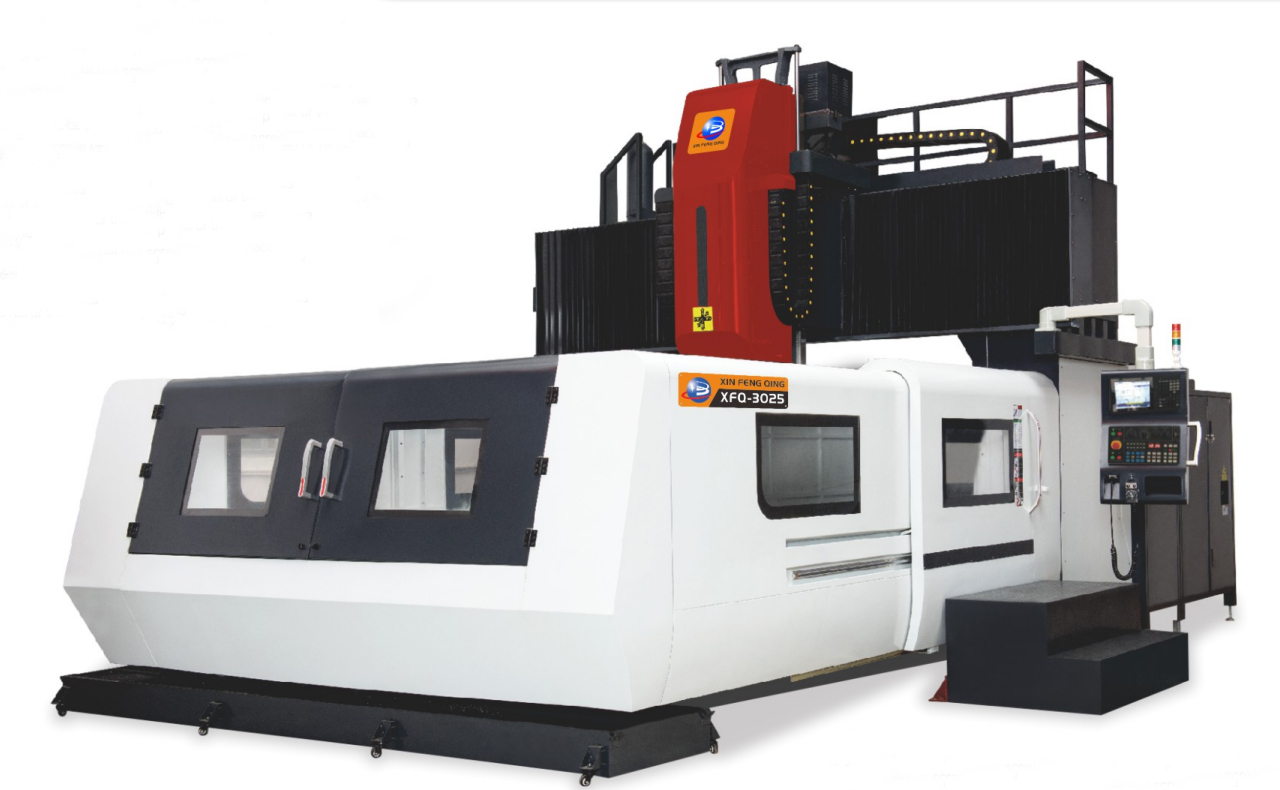REASONS TO CHOOSE DAHN-G55P:
1. Easy for installation. Flexible, light, strong and easy to spread, and can be placed on trees with a simple support.
2. Less damage to plants. Hailstones which is bigger than the mesh can be intercepted directly while smaller hailstones can be decelerated by DAHN. And DAHN will not affect the sunlight which is important to the growth of plants.
3. Various functions. DAHN can prevent damage from not only hailstones but also frost and pollen.
PRODUCT SPECIFICATIONS:
| Material | Weave | Color | Measure | Wire Diameter | Weight/m² | Shade Rate | Warp Density | Weft Density | Mesh Size | UV Radiation | Warranty | Reinforce | Package |
| HDPE | Plain Weave | Green | 4*100m | 800D | 55g | yes | Plastic Bag |
Anti-hail nets are a type of protective netting used in agriculture to prevent damage to crops caused by hailstorms. These nets are made of high-density polyethylene (HDPE) and are designed to withstand the impact of hailstones while allowing sunlight and rainwater to pass through. Dagong is an anti hail net vendor, factory and supplier. The effectiveness of anti-hail nets can be evaluated based on several factors, including their strength, durability, and ability to protect crops from hail damage.
Strength and Durability
The strength and durability of anti-hail nets are critical factors in their performance. These nets must be able to withstand the impact of hailstones without tearing or breaking. The strength of the netting is determined by its tensile strength, which is the maximum amount of force that the net can withstand before breaking. The tensile strength of anti-hail nets can be tested using a tensile testing machine, which applies a controlled amount of force to the netting until it breaks.
In addition to tensile strength, the durability of anti-hail nets is also important. These nets are exposed to harsh weather conditions, including UV radiation, wind, and rain, which can cause them to degrade over time. nets can be evaluated by subjecting them to accelerated weathering tests, which simulate the effects of long-term exposure to sunlight and other environmental factors.
Protection from Hail Damage
The primary purpose of anti-hail nets is to protect crops from hail damage. The effectiveness of these nets in preventing crop damage can be evaluated by conducting field trials. In these trials, anti-hail nets are installed over test plots of crops, and the crops are exposed to simulated hailstorms. The amount of damage to the crops is then compared to a control group of crops that were not protected by anti-hail nets.
The effectiveness of anti-hail nets can also be evaluated by measuring the amount of hail that passes through the netting. This can be done using a hail gauge, which is a device that collects and measures hailstones. By comparing the amount of hail that passes through the netting to the amount of hail that falls on unprotected crops, the effectiveness of the netting in reducing hail damage can be determined.
Vivi
joe@dagongnets.com





+ There are no comments
Add yours